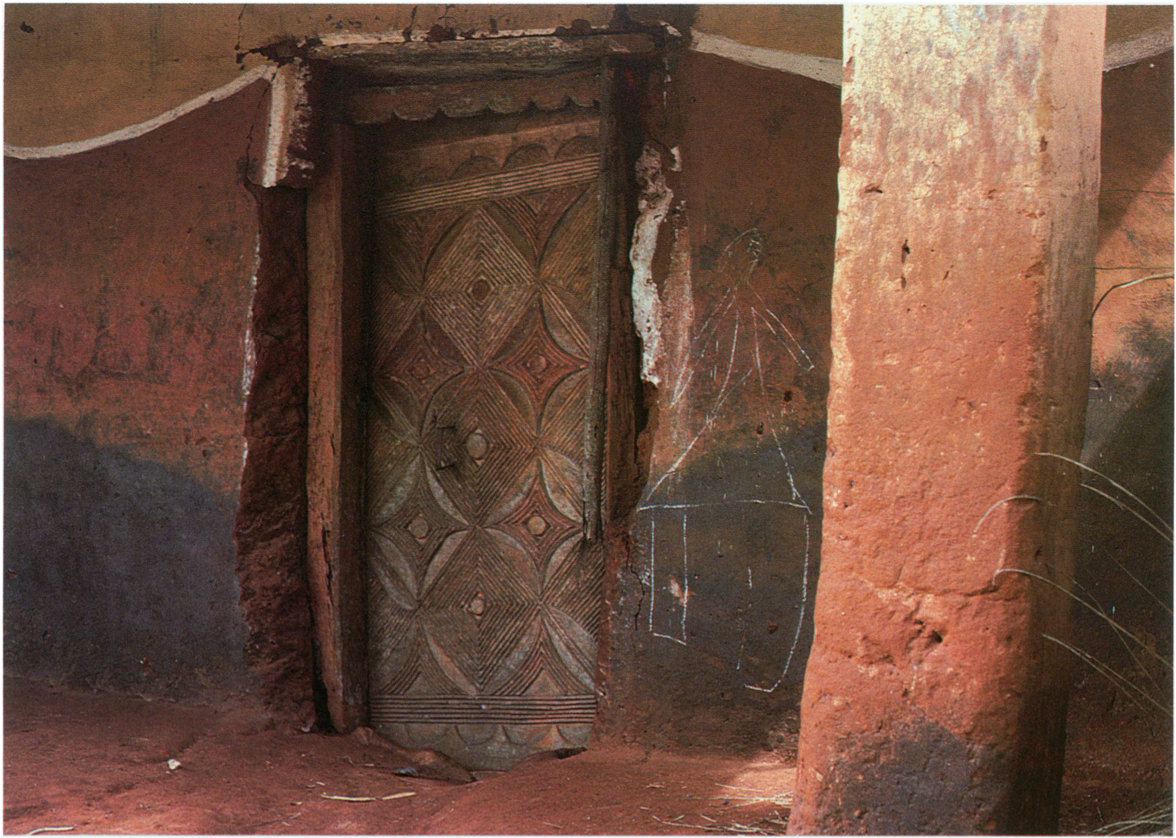
Continuity and Change in the Architecture of Sub-Saharan Africa
Lectures (4)
Loading Accordion Items...The Overview
Sub-Saharan Africa, often overlooked in architectural history literature, is a region not “apart from the world”, but one intricately linked to the world through among other things, networks of the trans-Saharan trade, the spread of religion, the Middle Passage, and colonialism. In part due to its lightweight construction and relative impermanence combined with legacies of colonial representation, and the problem of fewer archival documents to trace its history, the architecture of Sub-Saharan Africa has been comparatively undervalued. Rather than a static building tradition, it is a collection of dynamic practices characterized by symbolism, ephemerality, creative adaptation, and movement. This module seeks to introduce undergraduate architecture students to a wide array of examples from a range of cultures highlighting the innovative ways the architecture of the region has met the needs of its users and conveyed complex cultural meanings over time. It seeks to undermine misconceptions of timeless and unchanging African vernacular forms.
This module, titled “Continuity and Change in Sub-Saharan Architecture”, is a set of four lectures loosely organized according to scale and building typology. The lectures focus on the middle east-west swathe of the continent typically less examined than the architectural heritage of the North African coast and South Africa. Lecture 1 examines architecture in the domestic sphere by looking at the compound as a site of adaptation and meaning-making central to a range of cultures across the continent. The second lecture looks at a number of palaces as larger manifestations of power, prestige, and identity. The third lecture focuses on religious influences by examining temples, tombs, and meeting halls. Lastly, lecture four concentrates on the tremendous outburst of creativity after independence when new African nations envisioned their collective futures. Modern forms were at once an inherited European tradition and a space for experimentation and an expression of their newly established nationhood.
The idea of continuity and change is examined at multiple scales and at different times in history—from pre-modern complexes to post-colonial constructions. While the lectures talk through specific “sites and objects” like a traditional architectural survey course, they emphasize the various ways these objects have creatively adapted to their cultural and ecological contexts and are interlaced by a variety of influences. In each case, the particular milieu from which the object emerged is highlighted. This vibrant mix of buildings presented reveal the architecture of the region as a complex register of meanings influenced by sources beyond “local” building practices. While there are thematic overlaps between the lectures, they could be presented independently and inserted in architectural history survey courses geared for first or second-year undergraduate or graduate students. Drawing on seminal works in the field, the aim of the lectures is to provide instructors and students with a working knowledge of the heterogeneous spatial practices in the region. Borrowing a phrase from the historian Duanfang Lu, the lectures mark an attempt to “enfranchise other spatial rationalities.”


